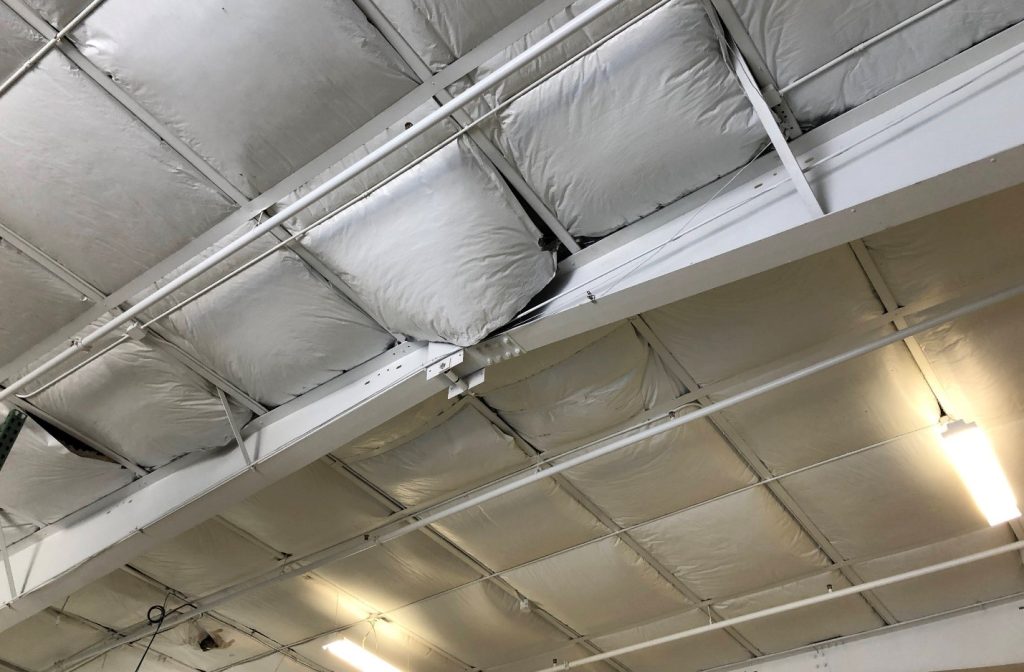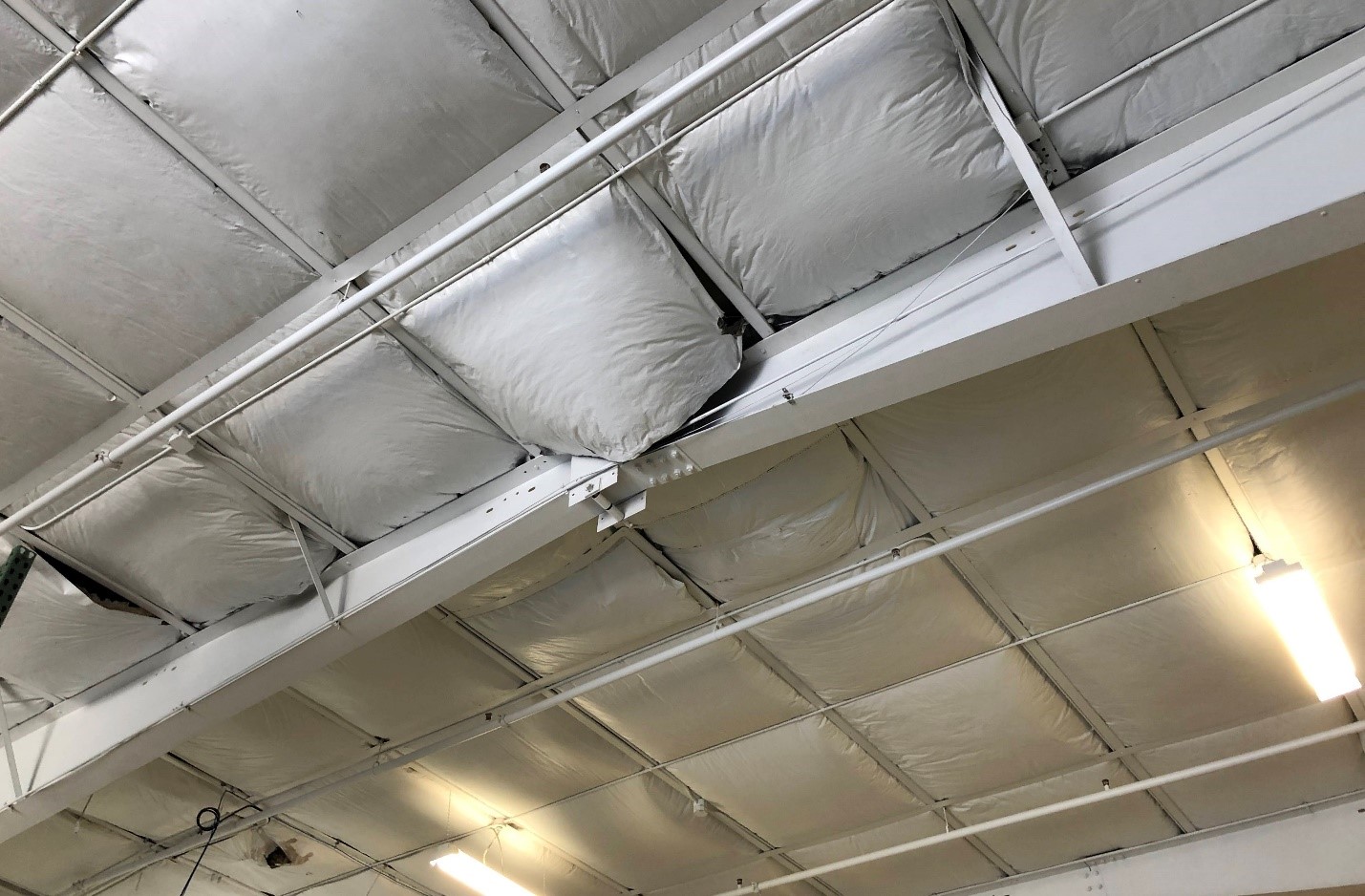Wet insulation in the ceiling is more than just a nuisance; it’s a potential threat to your home’s integrity. Explore the causes, risks, and effective solutions for “Wet Insulation In Ceiling” to safeguard your living space.

Wet Insulation In Ceiling: Unveiling the Causes
Leaky Roofs and Water Intrusion
One of the primary contributors to wet insulation is a leaky roof. When roofs allow water to penetrate, it can saturate the insulation material, compromising its effectiveness and leading to potential structural damage.
Condensation Issues
Condensation can also contribute to wet insulation. In areas with poor ventilation, warm air can meet cold surfaces, causing moisture buildup. Over time, this moisture can seep into the insulation, rendering it ineffective.
Identifying the Signs of Wet Insulation
Visible Water Stains and Discoloration
Water stains on the ceiling are telltale signs of potential wet insulation. Discoloration, whether subtle or pronounced, indicates ongoing water-related issues that demand immediate attention.
Unpleasant Odors and Mold Growth
Wet insulation provides an ideal environment for mold growth. If you notice musty odors or observe mold patches on your ceiling, it’s a clear indicator of moisture-related problems.
The Risks Associated with Wet Insulation In Ceiling
Structural Compromises
Wet insulation compromises the structural integrity of your home. Over time, it can lead to weakened ceiling materials, posing risks such as sagging or even collapse.
Energy Efficiency Reduction
Wet insulation loses its ability to provide effective thermal resistance. This not only affects the comfort of your living space but also results in increased energy bills as your HVAC system works harder to maintain desired temperatures.
Resolving Wet Insulation In Ceiling: Effective Solutions
Roof Repairs and Maintenance
Addressing leaks and ensuring proper roof maintenance is paramount in resolving wet insulation issues. Prompt repairs can prevent further water intrusion and protect the insulation.
Insulation Replacement
In severe cases, insulation damaged by prolonged exposure to moisture may need replacement. Opt for moisture-resistant insulation materials to prevent future issues.
Read too: Troubleshooting and Addressing a Water Bubble in Ceiling: Causes and Solutions Revealed
Preventive Measures for a Dry and Healthy Ceiling: Wet Insulation In Ceiling
Regular Roof Inspections
Scheduled roof inspections can catch potential issues before they escalate. Professionals can identify and address vulnerabilities, ensuring a watertight roof.
Improved Ventilation Systems
Enhanced ventilation helps mitigate condensation issues. Consider installing ventilation fans, ensuring proper attic ventilation, and using vapor barriers to protect insulation.
Conclusion: Securing Your Home from Moisture Threats
In conclusion, wet insulation is a problem that demands immediate attention. Understanding the causes, recognizing the signs, and implementing effective solutions are crucial steps in securing your home from the potential hazards associated with “Wet Insulation In Ceiling.”
As a vigilant homeowner, staying informed about the risks and taking proactive measures ensures a dry, healthy living environment. Don’t let wet insulation compromise the safety and comfort of your home; address the issue promptly and enjoy the peace of mind that comes with a well-protected living space.
